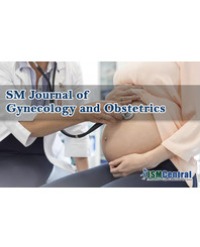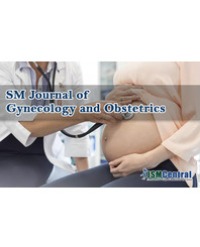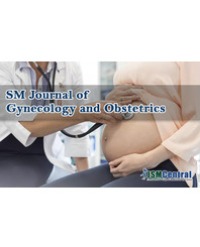
The Link between Chlamydial Trachomatis and Perimenopausal Bleeding: A Cross Sectional Study
Objective:
This cross sectional clinical trial aimed at exploring the association between chlamydia trachomatis infections and perimenopausal bleeding presenting at Al-Azhar University Maternity Hospital outpatient clinics.
Patients and methods:
This was a cross-sectional study involving 150 women divided into two equal groups of 75 women in each group. Women were allocated from the out-patient clinic of Al-Azhar Maternity University Hospital and they were counseled and arranged for Pipelle endometrial samples. Women of group I suffered from perimenopausal bleeding while group II were presented at the hospital due to any cause other than vaginal bleeding. Pipelle endometrial biopsy was taken and sent for detection of Chlamydia trachomatis by real time PCR.
Results:
In group I, 44 (58.7%) samples were positive for Chlamydial infection while the other 31 (41.3%) samples were negative for Chlamydia. In group II 17 (22.7%) samples were PCR positive. There was an apparent significant difference between the two groups regarding the prevalence of C. trachomatis among symptomatic perimenopausal women suffering from uterine bleeding.
Conclusion:
It is advisable to screen for Chlamydia trachomatis in women with perimenopausal bleeding.
Abdel-Rahman Anbar*



